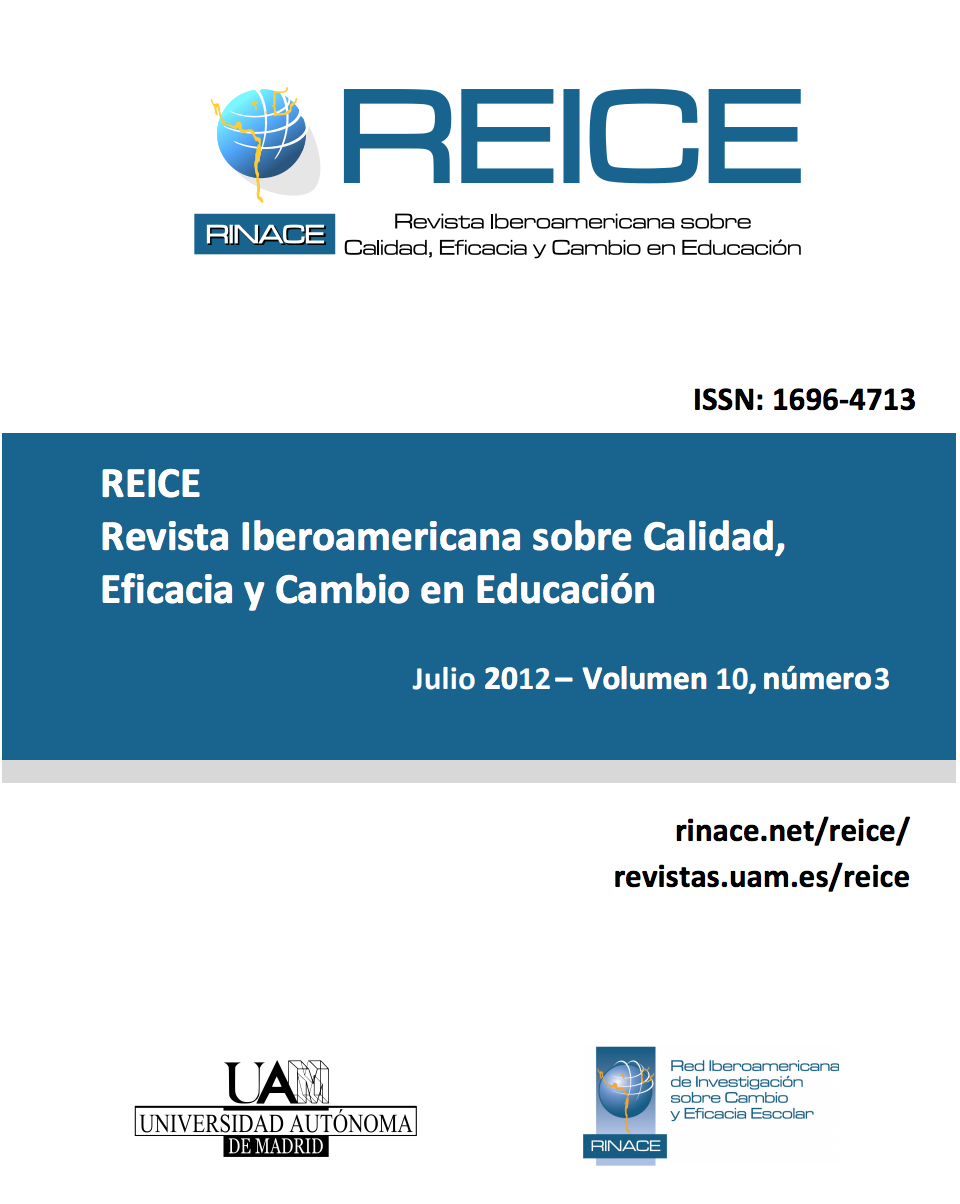Keywords:
Research networks, connectivity, scientific communicationCopyright (c) 2016 REICE. Revista Iberoamericana sobre Calidad, Eficacia y Cambio en Educación

This work is licensed under a Creative Commons Attribution-NonCommercial-NoDerivatives 4.0 International License.
Abstract
This article aims to analyze the behavior of social networks, since it is becoming more common that society used them to exchange, discuss and disseminate information for different purposes. Within this area of research networks play a major role, since priority is communicating and disseminating scientific knowledge, trying to reach a large readership, for which the network is an essential element. A learning network is supported on the principle that we all live in society and learn based on interactions, thanks to the Information and Communication Technologies and connectivity; these interactions also exist in cyberspace where communities negotiate meanings made by the social group. A learning network is valuable, first because on it everyone can be teacher or student and continue providing learning or information among other social groups, which makes the networks take more power, because a message is enhanced by forwards and so the organization has the ability to grow and reconfigure its size and functionality. In this sense we can analyze the behavior of the network from Metcalf's Law, which states that the value of a communication network is increased to the extent that its users are increased, since the relationship between the value of the network and the number of users is exponential.
Downloads
References
Castells, M. (2001). Internet y la Sociedad en Red. La Factoría, 14-15. Recuperado de http://www.revistalafactoria.eu/restrict.php?tipo=articulo&id=185
Foglia, G. (18 de septiembre de 2009). ¿Cómo se comportan las Redes Sociales según las Leyes de Moore y Metcalf? iProfesional. Recuperado de http://www.iprofesional.com/notas/87619-Como-se-comportan-las-redes-sociales-segun-las-leyes-de-Moore-y-Metcalfe.html
García Aretio, L. (2007). Redes y comunidades. Comunicación y Pedagogía, 223, 28-33.
García Aretio, L. (Coord.), Ruíz Corbella, M. y Domínguez, D. (2007). De la educación a distancia a la educación virtual. Barcelona: Ariel.
Levy, P. (2004). Inteligencia Colectiva. Por una antropología del Ciberespacio. Recuperado de http://inteligenciacolectiva.bvsalud.org.
McLuhan, M. y Powers, B. (1993). La Aldea Global. España: Gedisa S.A.
Platas, J. (Octubre, 2005). Educación y Recursividad. Conferencia presentada en 1er Seminario Nacional de Educación Pensamiento Complejo y Desarrollo Institucional Integrado-Universidad de la Amazonía, Florencia, Colombia. Resumen recuperado de http://www.oei.es/oeivirt/salacredi/PLATA.pdf
Salinas, J., Pérez, A. y De Benito, B. (2008). Metodologías Centradas en el Alumno para el Aprendizaje en Red. Madrid: Síntesis.
